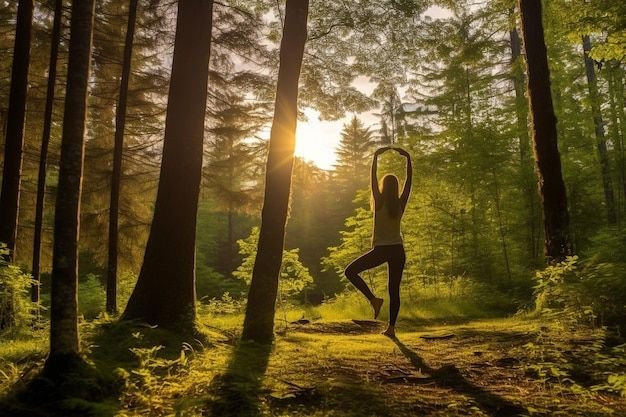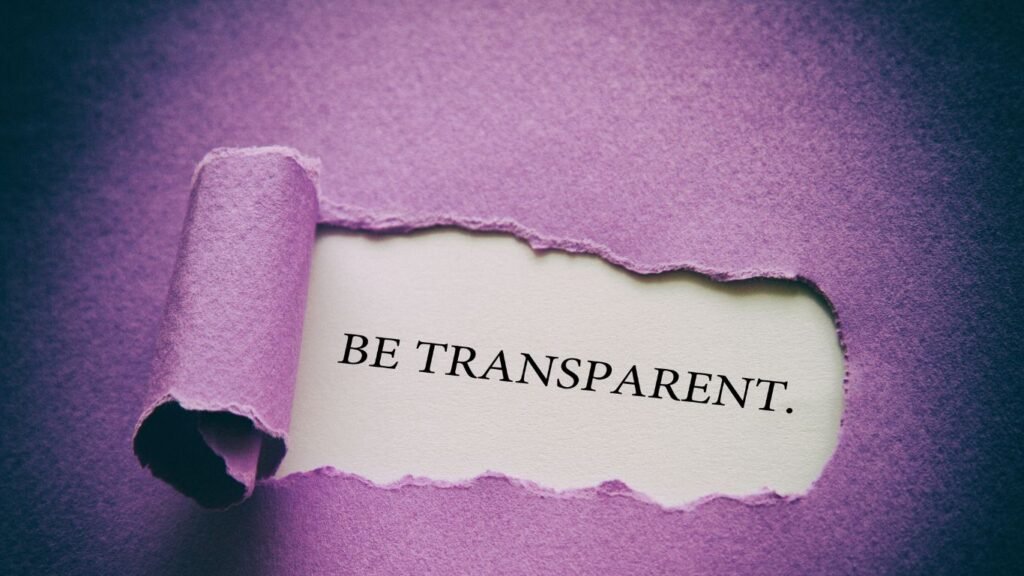We Tried Digital Detox Retreats – Hype or Healing?

When our team decided to ditch smartphones, notifications, and social media for a weekend digital detox retreat, reactions ranged from nervous laughter to flat-out panic. “No phone for 72 hours? Are we monks now?” someone joked. But deep down, we all craved the break—even if we didn’t want to admit it.
We live in a world where screen time outpaces sleep. We doom-scroll Twitter in bed, check emails during dinner, and refresh Instagram even when there’s nothing new. So, in the name of mental clarity, we booked a digital detox retreat tucked in the hills of Himachal Pradesh—no Wi-Fi, no network bars, no exceptions.
Here’s what happened when we swapped screen time for real time.
The Arrival: Panic Sets In
We reached the retreat just before sunset. The place looked like a Pinterest dream—wooden cabins, Himalayan views, and a cozy fire pit crackling in the distance. But once the organizers handed us jute pouches and said, “Please place all devices inside,” the panic crept in.
You could hear the collective gulp.
I held onto my phone like it was a limb. But eventually, I placed it inside the pouch, zipped it up, and handed it over. No turning back. We all did it. It felt like willingly entering a blackout zone.
The silence that followed? Unfamiliar and a little terrifying.
Day 1: Withdrawal Symptoms Are Real
Within an hour, our brains started craving dopamine hits from our usual digital rituals.
“I keep thinking I heard my phone vibrate,” said Nisha, who works in PR and checks her inbox 40 times a day. Someone else confessed they kept reaching into their pocket instinctively. Our brains didn’t know what to do with the sudden stillness.
The retreat offered a structured day. We started with guided meditation at 6 AM (yes, six in the morning). After that came yoga, nature walks, and reflective journaling sessions. Meals were silent—yes, silent. No chit-chat, no scrolling, just mindful eating.
At first, we felt restless. The mind kept drifting back to imaginary notifications and what might be happening in the world. But something odd happened by evening: the fog started to lift.
Day 2: Rewiring Begins
The second day felt like someone pressed “reset” on our minds.
We sat by the riverbank, barefoot on smooth rocks, watching the water rush past. No one talked. No one reached for a phone. We simply were. For the first time in years, we existed without a digital lens capturing, filtering, or reacting.
We wrote in journals, not for Instagram captions but for ourselves. We watched the sunrise and didn’t think about time. Meals turned into rituals. The silence, once uncomfortable, became a source of peace.
Even our conversations felt deeper. Without phones at the table, we made eye contact. We listened without interruptions. We remembered what real connection felt like.
The Activities: Healing or Just Hippie?
Let’s be honest. Some activities felt cheesy—like the emotional release circle. At first, it felt like a parody from a sitcom. A group of grown adults sat around a fire, talking about their relationship with screens. One guy broke down while talking about how Instagram ruined his self-esteem. Another confessed she hadn’t had a single uninterrupted conversation with her partner in months.
But here’s the thing: nobody judged. We all saw ourselves in each other. The digital overload had hit all of us in different ways.
Later, we did grounding exercises—barefoot walks, tree hugging, even lying flat on the ground and listening to nature. Laugh all you want, but it worked. We felt calmer, less anxious, more present.
What We Noticed About Ourselves
By Day 3, the mental chatter had quieted. We didn’t miss the memes or the news cycle. We didn’t crave notifications. Our minds stopped jumping from one thought to another like monkeys on Red Bull.
Instead, we noticed birdsong, the sound of the wind, the warmth of sunlight on our skin.
Sleep improved. Everyone reported falling asleep faster and waking up refreshed. Our bodies synced with the natural rhythm of the day. No blue light, no late-night scrolling—just real rest.
We also noticed how often we used our phones to escape. Bored? Scroll. Anxious? Scroll. Lonely? Scroll. Without that crutch, we faced our emotions head-on—and it wasn’t always pretty. But it was real.
Re-entry: Back to Reality
When the retreat ended, we got our phones back. I swear, someone hugged theirs like it was a lost child. But as soon as we turned them on, the chaos returned. 192 messages. Dozens of app notifications. An avalanche of emails.
It felt overwhelming.
But we responded differently this time. No one checked their phones during the goodbye breakfast. No one rushed to post retreat selfies. We had changed—maybe not permanently, but enough to notice.
What Stayed With Us
Since the retreat, most of us use screen time limits. Some even uninstalled social media apps or blocked notifications. We also started scheduling “no phone” hours—especially at meals or before bed.
The biggest change? Awareness.
Now we notice when the phone steals our attention. We don’t scroll mindlessly. We don’t escape into screens without asking why.
And that might be the real gift of a digital detox: not escaping forever, but waking up to how plugged in we’ve become.
So, Hype or Healing?
If you’re expecting instant nirvana, you’ll be disappointed. A digital detox retreat won’t solve all your problems. It won’t eliminate anxiety or fix your relationships. But it does create space—something we rarely get in this wired world.
That space invites reflection, connection, and calm. It slows down the race. It shows you a version of yourself that’s more present, more intentional, more alive.
So yes, it’s healing. But only if you surrender to it fully.
And honestly? Everyone should try it once—not as a gimmick, but as a genuine reboot. Because sometimes, the best way to find clarity is to unplug.
And when you do, you might just remember what it means to be human again.













